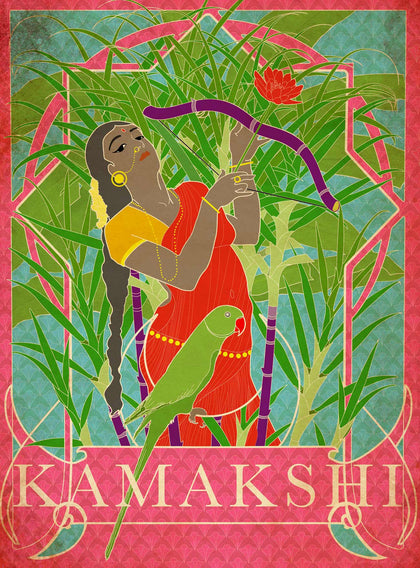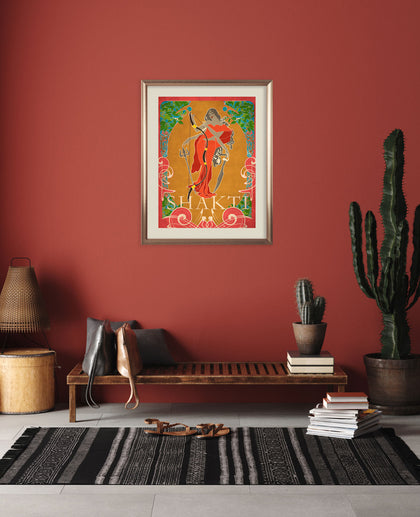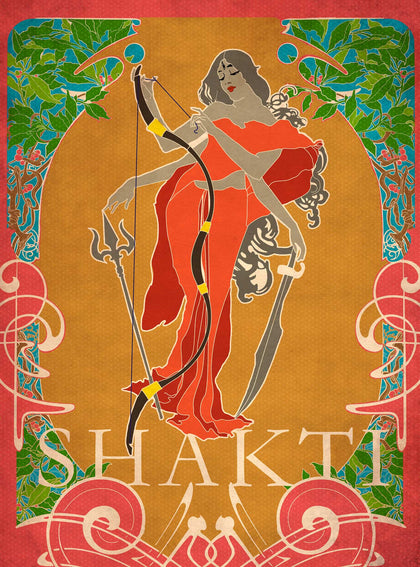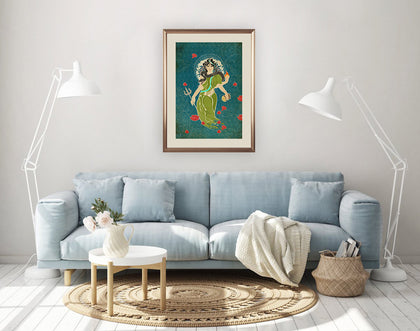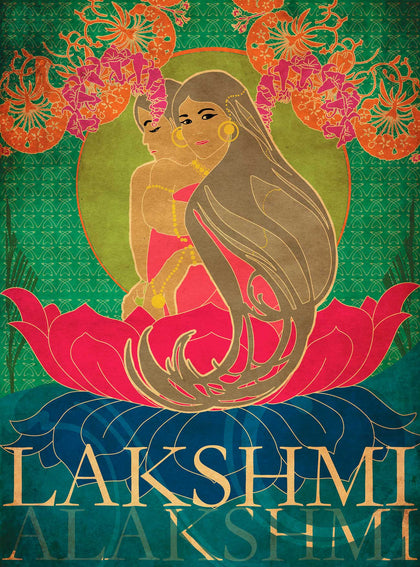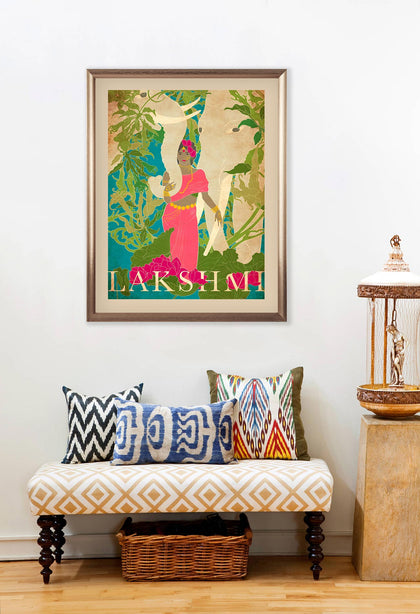Description
Gentle and limpid, like a flowing river, this languid female form is none other than the most masculine of gods: Shiva, appearing here as gopika or divine milk maid, ready to take part in Krishnas’ famed raas lila. As always the myths beguile - seemingly simple tales are prismic gateways to a wonderland of symbolism.
The sublime strains of Krishna's flute stir Shiva into joining the raas lila or dance that Krishna, the god of love, enjoys with his bevy of gopis in Vrindavan. As no male can enter Vrindavan, Siva dips himself into the waters of the Yamuna and emerges a beautiful maiden, and the two gods dance. Radha points out a subtle otherness in the atmosphere and is told by Krishna who the new dancer is - “He is Lord Siva, my teacher,” says Krishna. "You wouldn’t want me to ask him to leave, would you?” In another variation, Kali has the urge to dance with the gopikas. Taking the form of Krishna, a fellow dark god, she has a wonderful time with the gopis. Shiva, missing his consort, enters Vrindavan as Radha and dances with her.
What a wonderful world. A world of variation and abundance - for that is what Vrindavan means - a fluid, flowing world where gods slip in and out of different sexual forms, dance, love, celebrate pleasure, enjoy beauty. The gopis - no ordinary beings, are milk maids - nature herself, provider of the milk of life. And Vrindavan - where all things exist - is perceivable only to those free of familial ties, of outlandish moral constructs, of self. For only they are unburdened enough to live life in its fullness and multitude, and light enough to dance to its rhythms. Here, Shiva the Nataraj, the supreme dancer who dances the cosmos into existence and destruction, dances or plays, for that is what lila means - when the god of love and the cosmos is animated into being.
About the Series:
This artwork is part of the “Sister Misfortune” series, through which the artist, Smruthi Gargi Eswar, narrates lesser-known stories from Indian mythology, while reflecting on the narrative surrounding women in our culture. Various Indian goddesses (devis) are depicted with a refreshing artistic lens.
In India, there is a constant burden on women to be “Devi-like”. Through this series, the artist attempts a reverse deification of the goddesses, making them appear like real women, in a real world. The series is an exploration not just of duality, but of multiplicity. It compels us to question our attitudes - women towards themselves, men towards women. How does the idea of a goddess coexist within every woman? How do we, as a society, so casually dismiss, disrespect, disregard, and defile in our everyday existence, those who we have bedecked with gold and enshrined in a temple?




















































































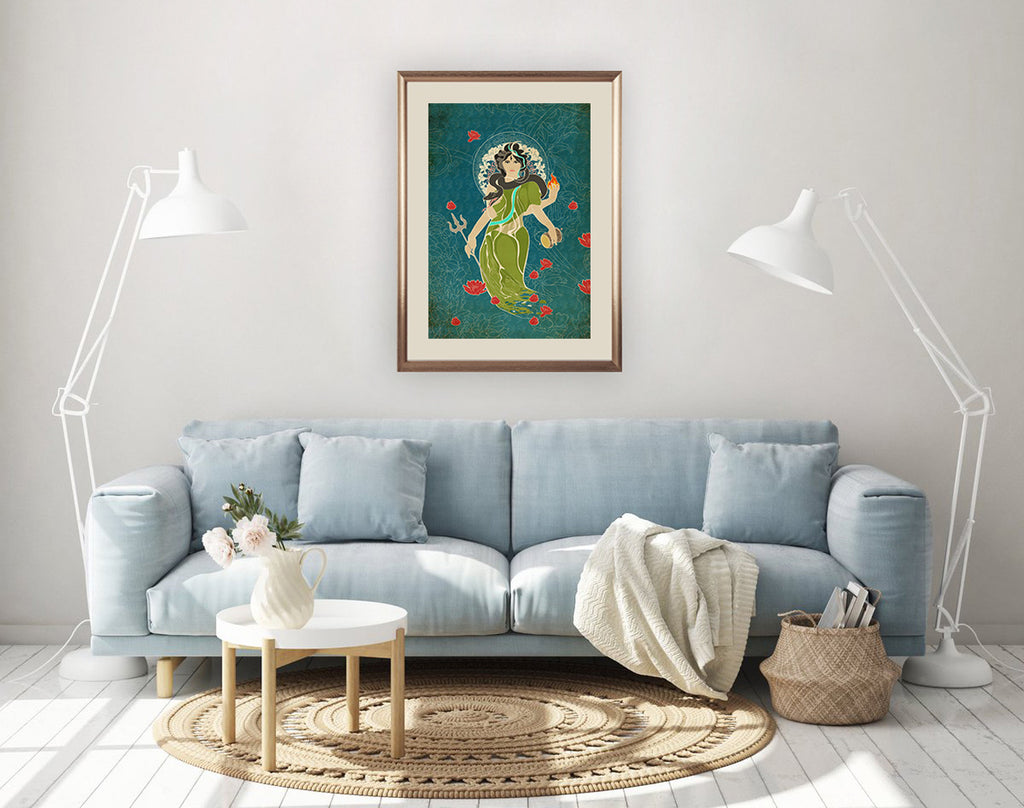



 View Full Screen
View Full Screen































